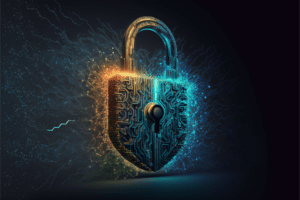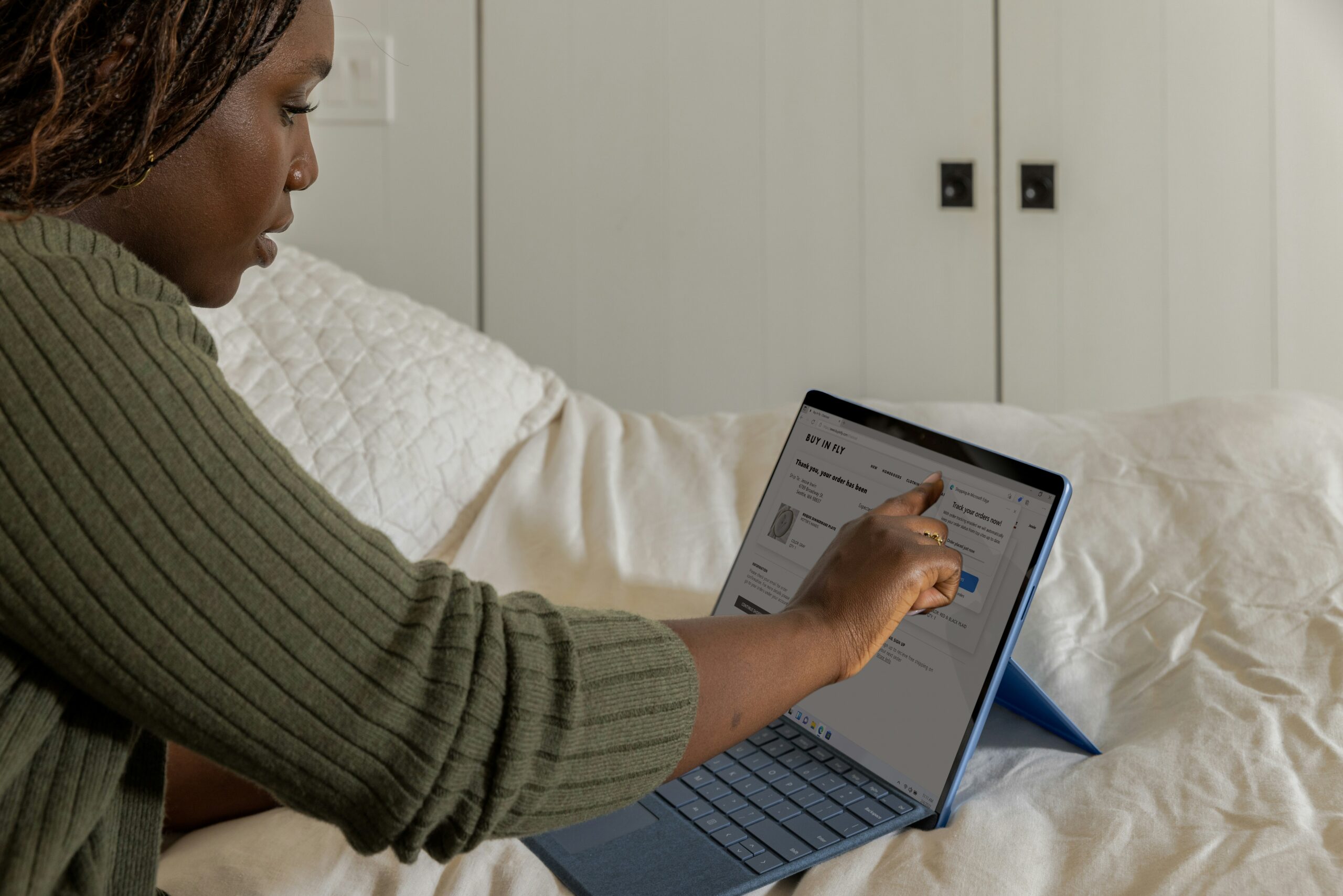What are the Best Practices to Secure Big Data?
Big data has become a vital asset for companies across the globe. So What are the Best Practices to Secure Big Data? The value of this data lies in its ability to provide insights that help organizations make informed business decisions. However, with the increasing importance of big data, comes the responsibility of keeping it secure. A data breach can have serious consequences for any organization, including financial losses, legal liabilities, and damage to reputation. In this blog, we will discuss the best practices to secure big data.
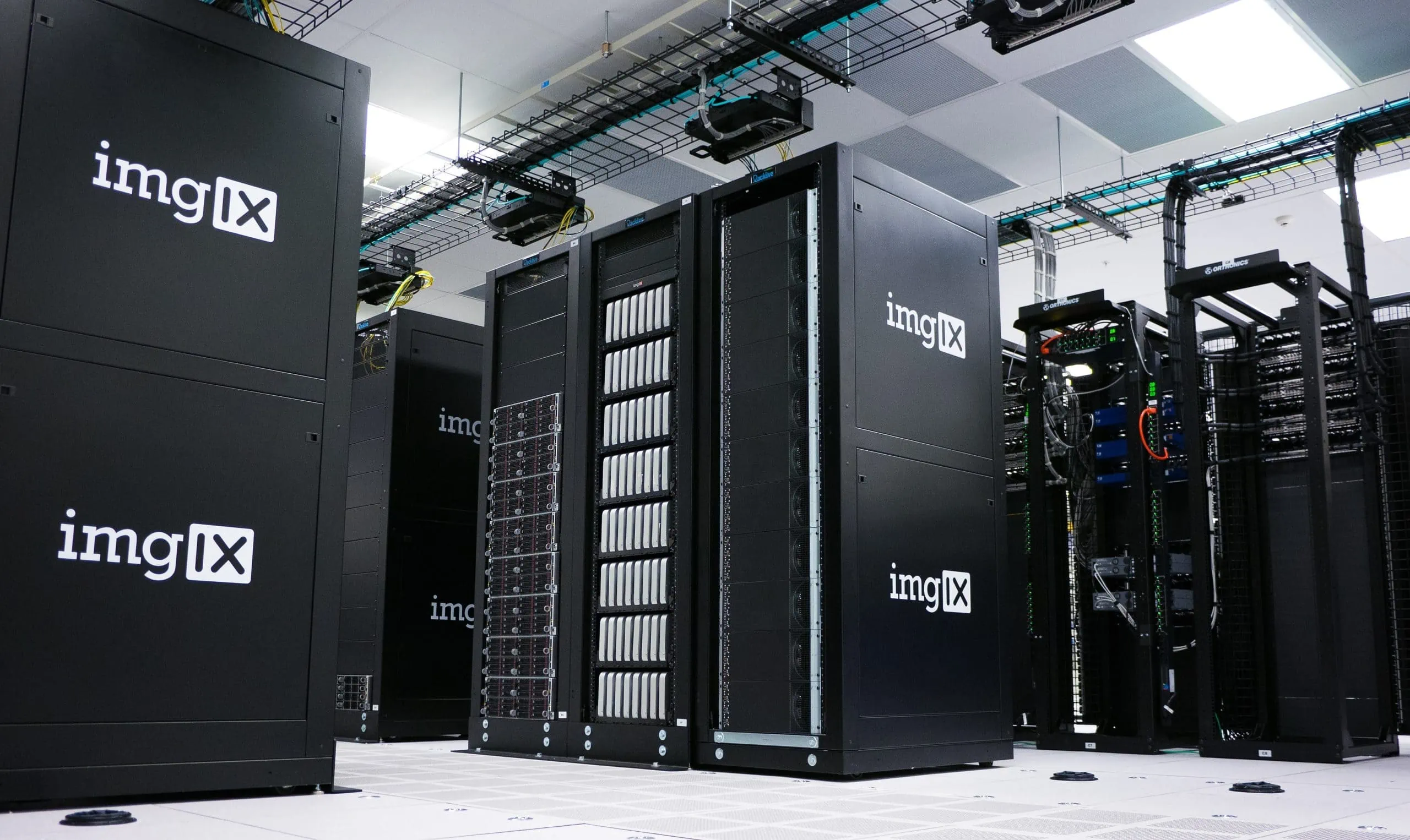
Conduct Regular Data Audits
To secure big data, it is essential to know what data you have, where it is stored, and who has access to it. Conducting regular data audits will help you identify any potential vulnerabilities or gaps in your security strategy. This audit should include all the data you have, including sensitive data like customer information, employee records, and financial data.
Once you have identified the data you have, you can classify it based on its sensitivity. This will help you prioritize the security measures you need to implement. For example, you can prioritize the security of financial data over non-sensitive data like marketing metrics.

Implement Access Controls
Limiting access to big data is one of the most effective ways to secure it. Not everyone in your organization needs access to all your data, so it is essential to implement access controls that limit who can access what data. This can include implementing role-based access control, where users are only given access to the data they need to perform their job function.
It is also important to monitor access to your big data. This will help you identify any unusual activity that may indicate a data breach. Access logs should be reviewed regularly to ensure that only authorized users are accessing the data.

Encrypt Your Data
Encrypting your big data is an essential step in securing it. Encryption transforms the data into a form that can only be read by someone with the encryption key. This means that even if the data is stolen, it cannot be read without the key.
There are different encryption methods you can use, including symmetric encryption, where the same key is used to encrypt and decrypt the data, and asymmetric encryption, where two different keys are used. It is essential to choose the encryption method that best suits your needs.
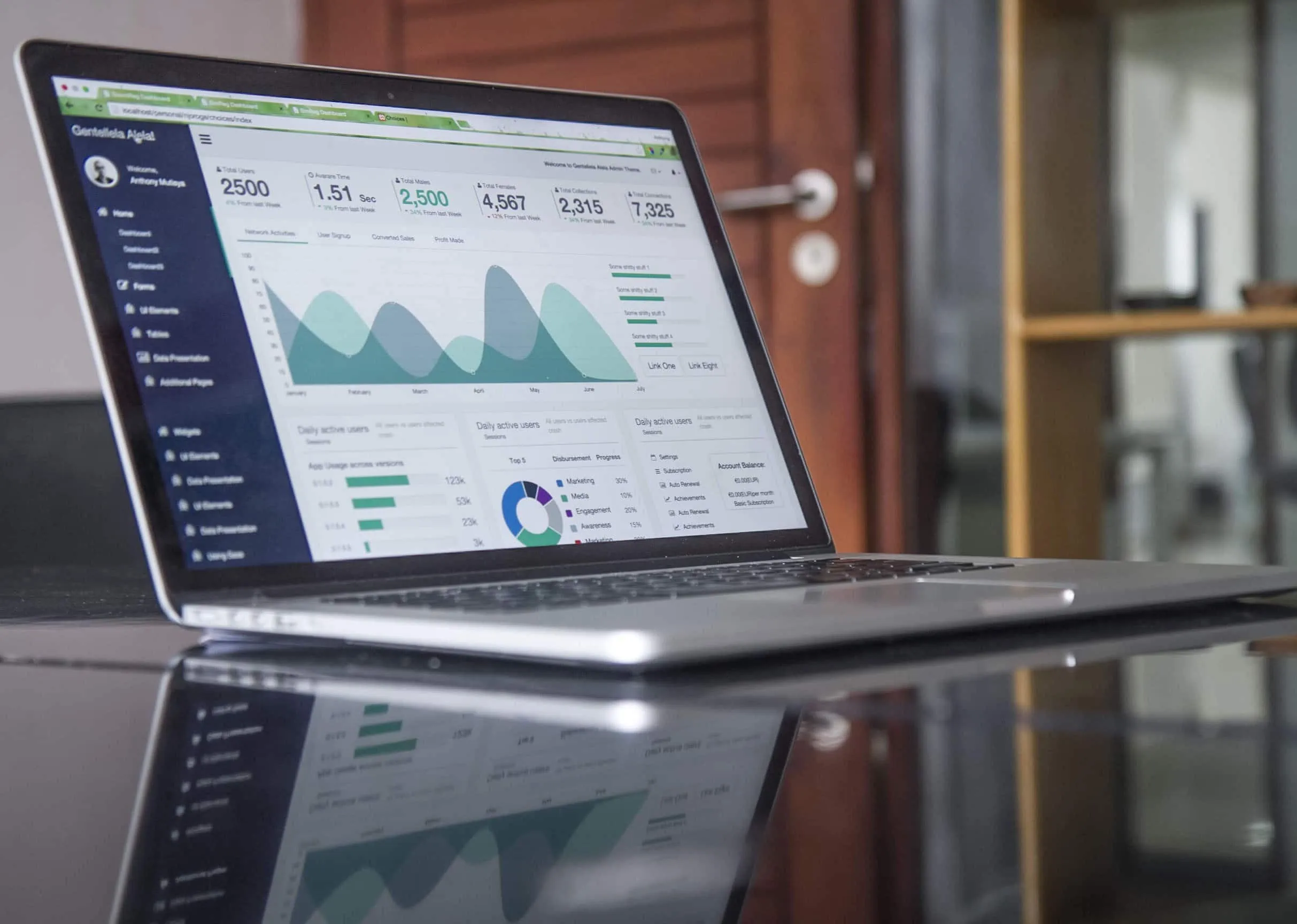
Use Firewalls and Anti-Malware Software
Firewalls and anti-malware software are essential tools for securing big data. Firewalls protect your network by preventing unauthorized access, while anti-malware software protects your system from malicious software like viruses and spyware. It is essential to keep your firewall and anti-malware software up-to-date to ensure that they can detect and prevent the latest threats. Regular security updates and patches should also be applied to ensure that your system is protected against known vulnerabilities.

Backup Your Data
Backing up your big data is an essential step in securing it. Backups provide a way to recover your data in the event of a data breach or system failure. It is essential to store your backups in a secure location that is separate from your primary data storage.
Regular backups should be taken, and the backups should be tested regularly to ensure that they are functioning correctly. It is also essential to have a disaster recovery plan in place that outlines the steps you need to take to recover your data in the event of a disaster.

Use Multi-Factor Authentication
Passwords are no longer enough to protect your big data. It is essential to use multi-factor authentication to add an extra layer of security. Multi-factor authentication requires users to provide two or more forms of identification, such as a password and a fingerprint or a one-time code sent to their mobile device.
Implementing multi-factor authentication can significantly reduce the risk of unauthorized access to your big data. It is essential to make sure that all employees and third-party vendors who have access to your big data use multi-factor authentication.
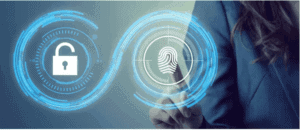
Train Employees on Security Best Practices
Human error is one of the leading causes of data breaches. It is essential to train your employees on security best practices to reduce the risk of accidental data breaches. This includes training employees on how to identify and avoid phishing scams, how to create secure passwords, and how to use multi-factor authentication.
Employee training should also cover the importance of keeping software and systems up-to-date, not sharing passwords, and reporting any suspicious activity. Regular training sessions should be conducted to ensure that employees are aware of the latest security threats and best practices.

Monitor Your System for Suspicious Activity
Monitoring your system for suspicious activity is essential to detect and respond to a data breach quickly. This includes monitoring access logs, network traffic, and user activity. It is essential to have a security operations center (SOC) that can monitor your system and respond to any security incidents quickly. Your SOC should be staffed by trained professionals who are equipped to respond to security incidents quickly and effectively.

Use Data Loss Prevention (DLP) Tools
Data loss prevention (DLP) tools are essential for preventing data breaches. These tools can monitor your system for sensitive data and prevent it from leaving your network. DLP tools can also prevent employees from sending sensitive data to unauthorized recipients.
DLP tools can be configured to detect and prevent data breaches in real-time. They can also provide alerts when sensitive data is at risk of being exposed. It is essential to choose a DLP tool that is compatible with your existing systems and is easy to configure and maintain.
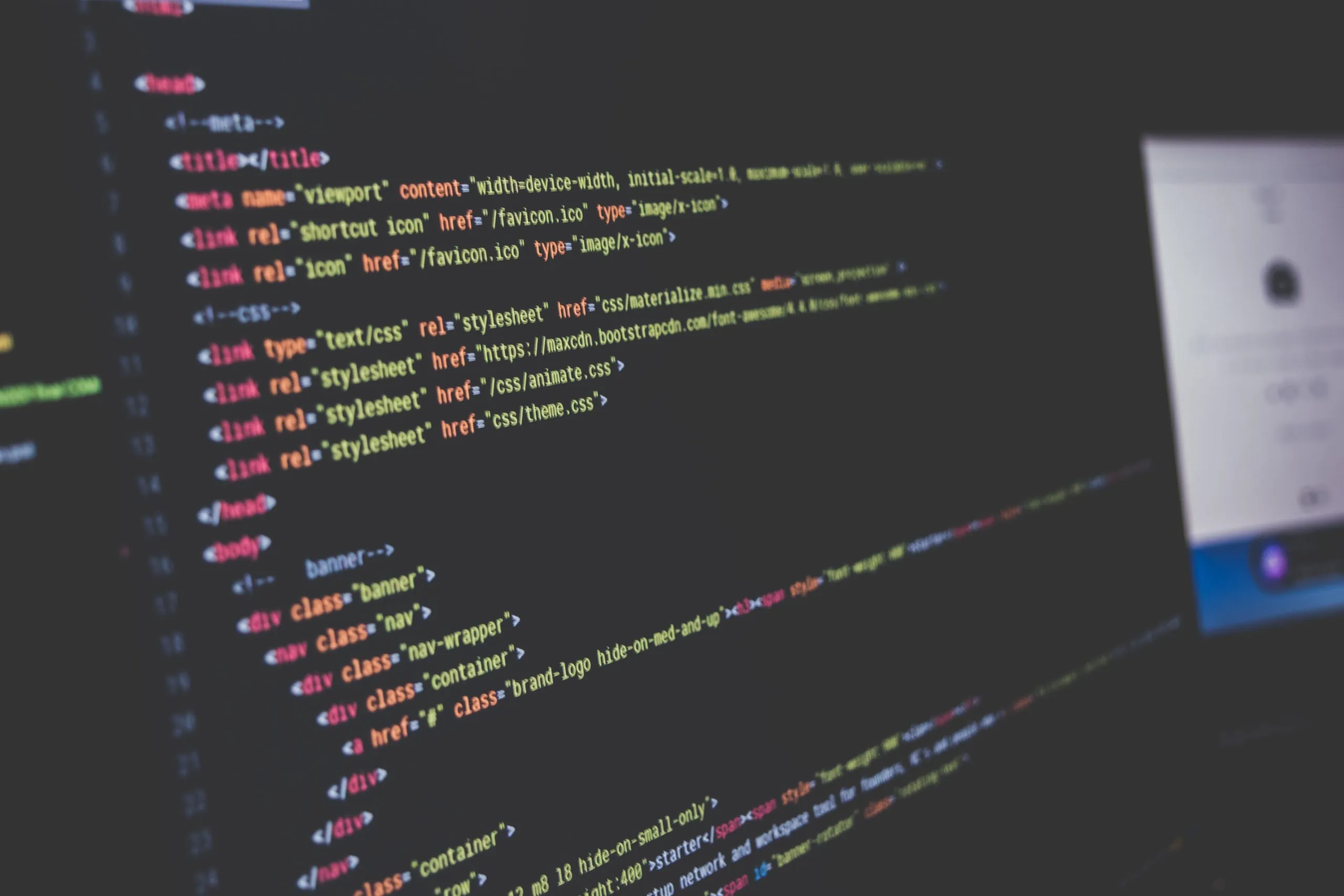
Partner with a Trusted Security Provider
Securing big data is a complex and challenging task. Partnering with a trusted security provider can help you implement the best practices to secure your big data. A security provider can help you conduct data audits, implement access controls, encrypt your data, and monitor your system for suspicious activity.
A security provider can also provide 24/7 monitoring and response to security incidents. They can help you respond to a data breach quickly and effectively, minimizing the impact on your organization. It is essential to choose a security provider with experience securing big data and a proven track record of success.
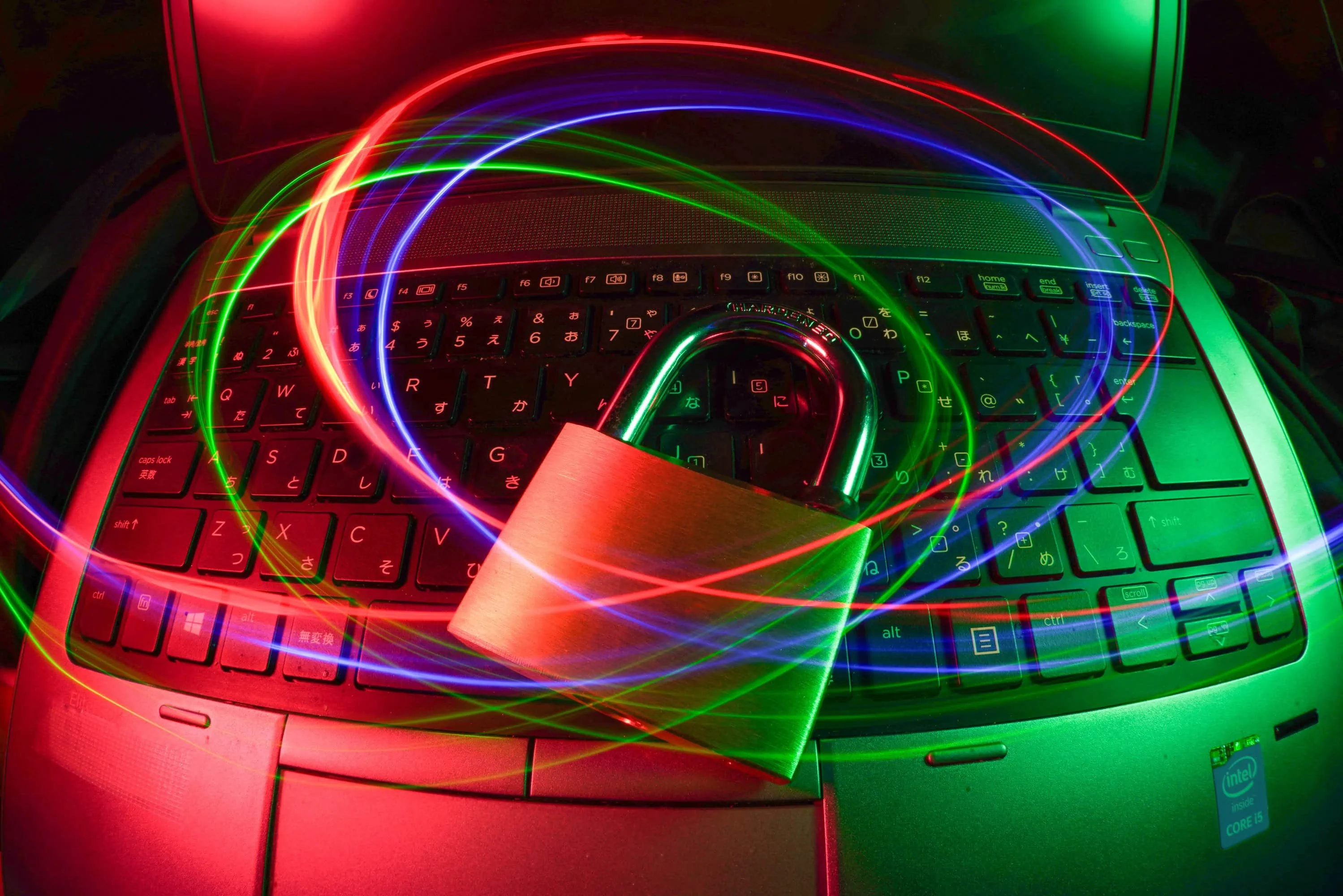
Conclusion: What are the best practices to secure big data?
In conclusion, securing big data is a critical task for any organization that wants to protect its assets and reputation. By implementing the best practices discussed in this blog, you can minimize the risk of a data breach and ensure that your big data is protected. Conduct regular data audits, implement access controls, encrypt your data, use firewalls and anti-malware software, back up your data, use multi-factor authentication, train employees on security best practices, monitor your system for suspicious activity, use data loss prevention tools, and partner with a trusted security provider. By following these best practices, you can secure your big data and protect your organization from the potentially devastating consequences of a data breach.


